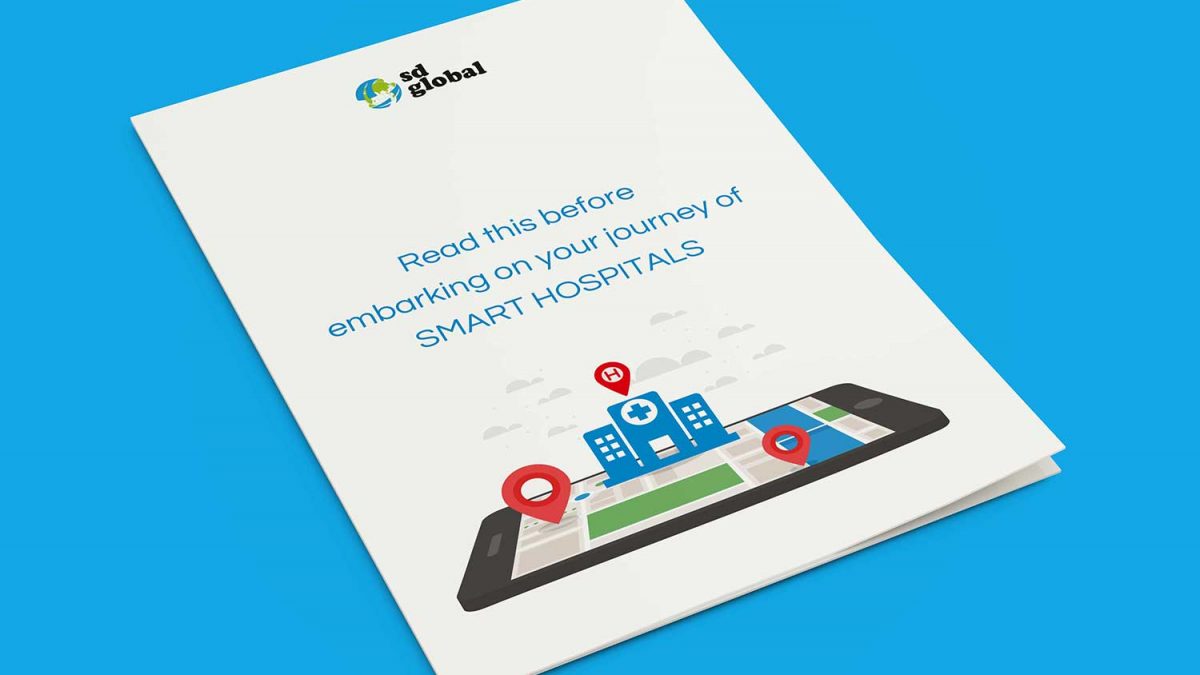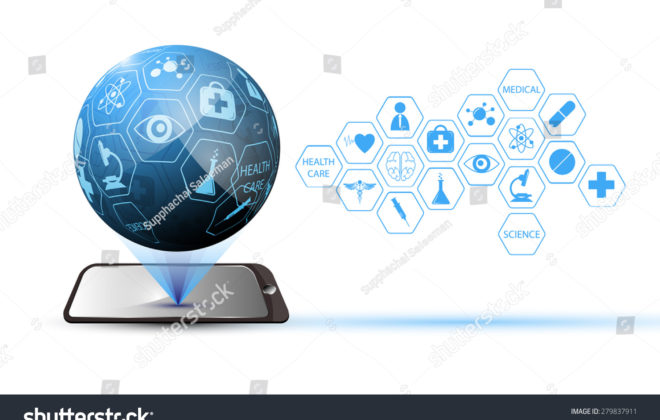6 Things You Should Care About in Your Smart Hospital Transformation Roadmap
Technology is ushering in the dawn of a new day in the healthcare industry. With a growing focus on patient centricity owing to the consumerization of healthcare, we are witnessing the rise of the Smart Hospital. In this new environment, technology assists to reduce waste, eliminate redundancies and unleash a wave of efficiencies that improve the entire patient experience and positively impact the bottom line. However, planning is critical when embarking on the smart hospital transformation journey.
Here’s a look at some essentials that you should care about as you navigate this route.
From Automated to Autonomous
Hospitals presently have embarked on the automation journey. Many processes have been automated to improve efficiencies in the entire hospital network. The Smart Hospital focuses a lot of automation as well. However, the impetus has to be on making the entire hospital system more autonomous. So, while we currently have hospital management systems that automate information, the Smart Hospital will have kiosks where patients can self-register. Taking automation to the next level are real-time nurse roster updates based on admission load, alarms and notifications that capture and distribute alerts, admission, discharge and transfer (ADT), lab data, waveform and physiological information from clinical systems. Along with that, you have medical and patient monitoring devices, and other point-of-care devices, clinical communication and collaboration systemsthat coordinate activities with clinicians and staff, and share patient information (such as text, documents, telemetry, images, and video), reduce response times and improve productivity. These systems introduce a certain amount of autonomy in the Smart Hospital network that reduces dependencies and enhances patient care.
From Clinician-Centric to Patient-Centric
The existing hospital ecosystem is clinician centric. However, in the Smart Hospital, the ecosystem becomes more patient-centric. The objective of the Smart Hospital is to balance available resources with demand in a manner that increases patient satisfaction. Technology applications ensure that the patient has access to all information through self-service kiosks and is not wasting any time in this new hospital environment. Interactive patient care platforms provide greater convenience and timely assistance to the patients. RFID sensors make the hospital environment safer for patients. As a result of these applications, patient waiting time is reduced and patient care is optimized. The Smart Hospital simplifies the patient experience and thereby makes the entire hospital ecosystem more patient-centric.
From Disjointed to Coordinated
The Smart Hospital takes the entire hospital ecosystem from being disjointed and fragmented to being more coordinated and in-sync. The Smart Hospital connects the diverse data sources that exist in the hospital environment. Real-Time Health Systemsconnect sources of operational intelligence (patient data, the clinical data from laboratory, pharmacy, EHR, medical imaging, etc.), clinical operations (nurse call, PTCM, bed management, etc.), facilities (environment monitoring, location and condition sensing), CRM, and supply chain to make the hospital environment more collaborative. The information here no longer resides in silos, and the entire continuum of care is enhanced owing to fluid information exchange between the relevant stakeholders.
From Reactive to Proactive
The Smart Hospital is a space where efficiencies are the supreme leader. The application of technologies, wearables, and sensors, intuitive real-time dashboards etc. ensure real-time information exchange. This ensures that the entire environment becomes more proactive rather than its current reactive self. By gaining the capability to analyze situational awareness with the use of technologies such as IoT, the Smart Hospital is predictive and service-oriented. The Smart Hospital also focuses heavily on continuous process improvements and integration of care that ensure timely and contextual decision-making.
From Retrospective to Predictive
The connected network of sensors and smart devicesin the Smart Hospital network brings greater awareness of clinicians, patients, devices, equipment in the care delivery environment. The data generated in this connected ecosystem gives the hospital the power to move to predictive decision-making. It helps the hospital to continuously monitor the delivery models and make proactive process improvements. Given the access to deep insights generated from real-time data, the hospital no longer needs to be dependent on historical data for decision-making.
From Siloed to Aware
The Smart Hospital network in collaborative and highly interoperable. The IoT applications in this environment generate a wealth of data that provide clear visibility and support real-time data-driven decision-making and enable better planning outcomes. Greater clarity of operational processes, insights into patient experience, device, equipment and staff management, location and condition sensing etc. gives the stakeholders an enhanced ability to drive better staff and patient interaction, improve process automation, and gain deeper operational insights.
The Smart Hospital is not just about technology implementation. It is about identifying how technology implementation can completely align clinical processes and management systems to provide a valuable service of insight to achieve better patient care, experience, and operational efficiency. By keeping these points in mind, hospitals can ensure that the smart hospital transformation journey that they are embarking on is smooth and effective.




